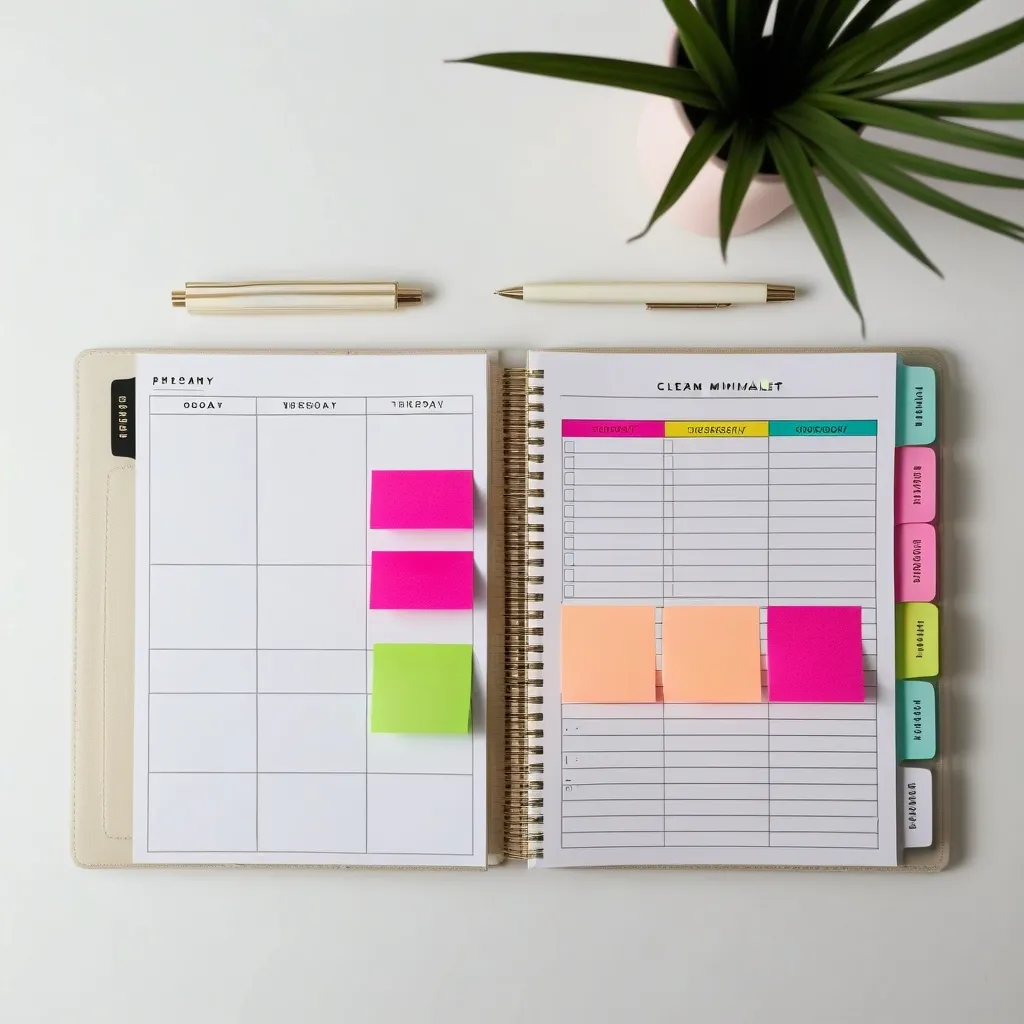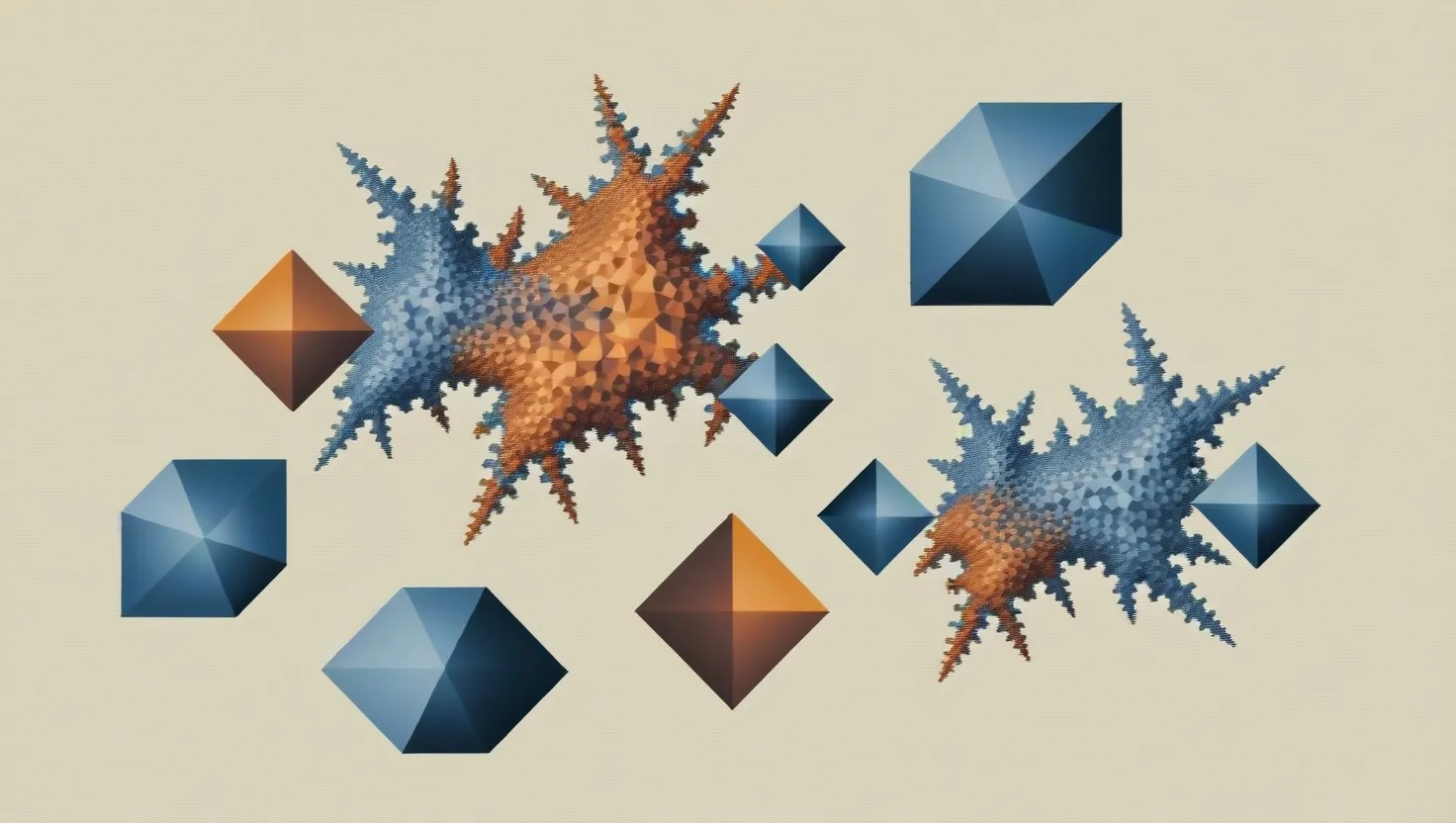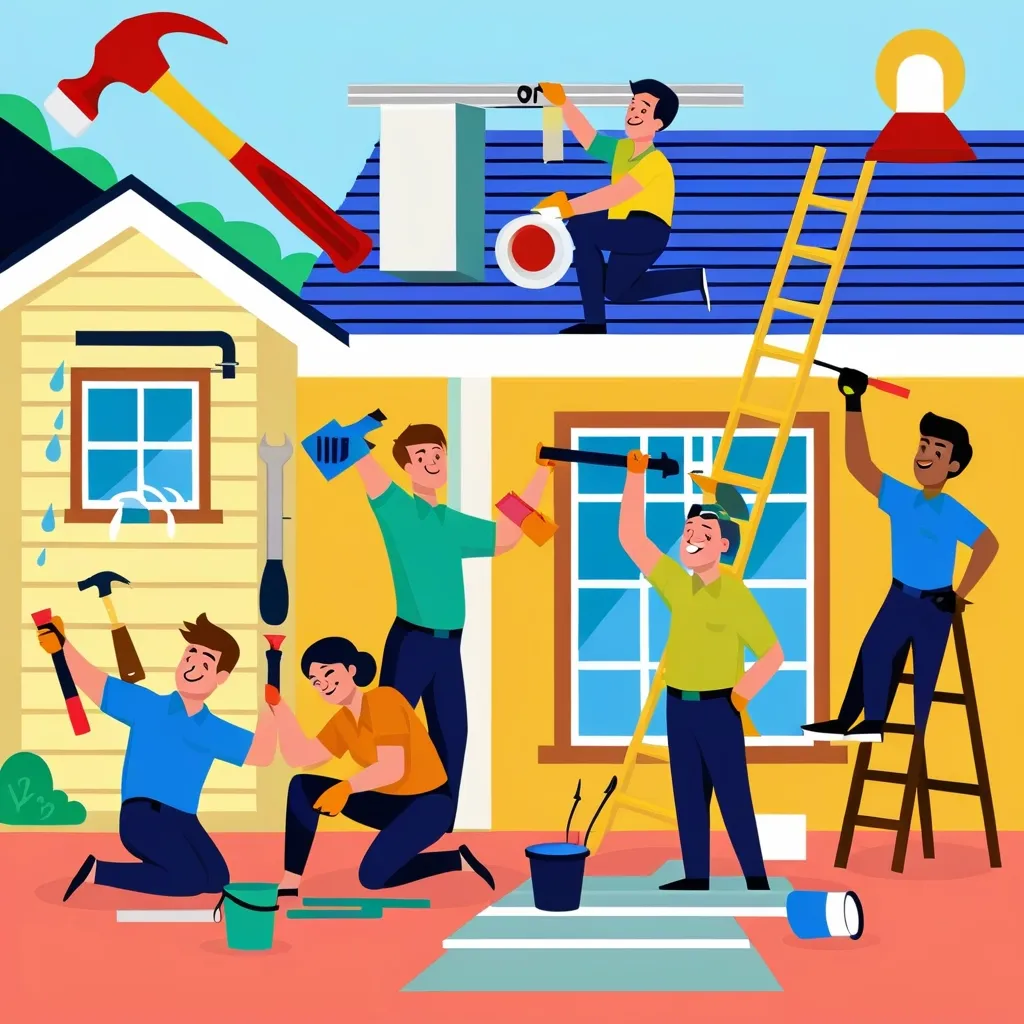Mastering Your To-Do List: The Sequential Task Zoning Trick
Ever feel like your to-do list is a never-ending scroll of doom? You’re not alone. We’ve all been there, staring at a mountain of tasks and wondering where to even begin. But what if I told you there’s a way to turn that overwhelming list into a manageable, stress-free system? Enter the Sequential Task Zoning trick – your new secret weapon for productivity.
Let’s face it, our lives are busier than ever. Between work deadlines, family commitments, and trying to squeeze in some “me time,” it’s easy to feel like we’re constantly playing catch-up. That’s where this nifty little trick comes in handy. It’s not about working harder; it’s about working smarter.
So, what exactly is the Sequential Task Zoning trick? Think of it as a way to declutter your mind and organize your tasks into bite-sized, manageable chunks. It’s like Marie Kondo for your to-do list, minus the part where you have to thank your tasks before letting them go.
The first step is creating a master list. This is your brain dump – everything that’s been swirling around in your head gets jotted down. Work projects? Check. Grocery shopping? Yep. That nagging feeling you forgot something important? Write it down too. Don’t worry about order or priority yet; just get it all out there.
Once you’ve got your master list, it’s time to play categorization detective. Group your tasks into different areas of your life. Work stuff goes in one pile, home tasks in another, personal goals in a third. Maybe you’ve got a “someday/maybe” category for those wild ideas you’re not quite ready to commit to. This step helps you see the big picture and understand where your time and energy are being directed.
Now comes the fun part – planning your week. Each week, you’ll cherry-pick tasks from your master list. It’s like creating a playlist for your productivity. Choose a mix of important tasks, urgent ones, and a few quick wins to keep your motivation high. Remember, you’re not trying to tackle everything at once. That’s a recipe for burnout, and nobody wants that.
With your weekly plan in place, it’s time to break it down even further into daily tasks. This is where the magic happens. By focusing on what needs to be done today, you avoid that overwhelming feeling of having too much on your plate. It’s like eating an elephant (not that I recommend it) – one bite at a time.
Prioritization is key in this process. Not all tasks are created equal, and that’s okay. Use the Eisenhower Matrix to figure out what’s urgent and important, and tackle those first. Everything else can wait its turn. Remember, saying no to some things means saying yes to what really matters.
Now, I know what you’re thinking – “This sounds great, but how do I keep track of all this?” Well, that’s where tools come in handy. Whether you’re a pen-and-paper person or a digital devotee, find a system that works for you. Personally, I love a good planner, but there are tons of great apps out there too. The key is to find something you’ll actually use consistently.
One of the best things about the Sequential Task Zoning trick is how it reduces stress. When you know exactly what you need to do each day, that constant nagging feeling of forgetting something important disappears. It’s like having a personal assistant in your pocket, minus the salary expectations.
Let’s put this into action with a real-life example. Say you’re a working parent (kudos to you, by the way – that’s no easy feat). Your master list might include work projects, household chores, kids’ activities, and personal goals. You categorize these into work, home, family, and personal sections.
At the start of the week, you pick out the most pressing tasks. Maybe you’ve got a big presentation at work, your kid’s science project is due, and you promised yourself you’d start that workout routine. These become your focus for the week.
Each day, you break these down further. Monday might be all about prepping for that presentation. Tuesday could be dedicated to helping with the science project. Wednesday is your day to hit the gym. By tackling one main task each day, you make steady progress without feeling overwhelmed.
The beauty of this system is its flexibility. Life happens, and plans change. Maybe your kid wakes up sick on science project day. No problem – you can easily shift things around without throwing your whole week into chaos.
Adding personal touches to your system can make it more fun and engaging. Use different colored pens for each category, or add stickers to mark completed tasks. I know a guy who draws a tiny cartoon for each day’s main task – whatever floats your boat and keeps you motivated.
Remember, the goal here isn’t perfection. It’s about progress and finding a system that works for you. Some weeks will go smoothly, and others might feel like you’re herding cats. That’s okay. The important thing is to keep at it and adjust as needed.
As you get more comfortable with the Sequential Task Zoning trick, you’ll start to notice some amazing benefits. Not only will you be more productive, but you’ll also have a clearer sense of where your time is going. This can be eye-opening – you might realize you’re spending way too much time on tasks that don’t align with your goals or values.
This system also helps with work-life balance. By categorizing your tasks, you can ensure you’re not neglecting important areas of your life. It’s all too easy to get caught up in work and forget about personal goals or family time. This method helps you keep all the plates spinning.
Another cool side effect? Better sleep. When you’re not lying awake at night worrying about all the things you need to do, you’ll find it easier to relax and get some quality shut-eye. And we all know how crucial good sleep is for productivity and overall well-being.
The Sequential Task Zoning trick can also help with decision fatigue. By planning your tasks in advance, you’re not constantly having to decide what to do next. This frees up mental energy for more important decisions and creative thinking.
It’s worth noting that this system isn’t just for individuals. It can be incredibly effective for teams too. By sharing task lists and priorities, everyone stays on the same page, reducing miscommunication and increasing collaboration.
As you implement this system, be patient with yourself. It might take a few weeks to find your groove, and that’s perfectly normal. Experiment with different tools and approaches until you find what clicks for you. Maybe you prefer digital tools for work tasks but a physical planner for personal goals. Mix and match until you find your perfect combo.
Remember, the Sequential Task Zoning trick is a tool, not a taskmaster. It’s there to serve you, not stress you out. If you find yourself getting too rigid with the system, take a step back and reassess. The goal is to make your life easier, not to create another source of pressure.
In conclusion, mastering your to-do list doesn’t have to be a Herculean task. With the Sequential Task Zoning trick, you can transform that overwhelming list into a manageable, stress-free system. By breaking tasks into categories, planning weekly and daily goals, and staying flexible, you’ll find yourself accomplishing more without the constant feeling of being overwhelmed.
So why not give it a try? Start with a brain dump, categorize your tasks, and plan out your week. You might be surprised at how much more in control you feel. And who knows? You might even find yourself with some extra time to tackle that “someday/maybe” list. Now wouldn’t that be something?






